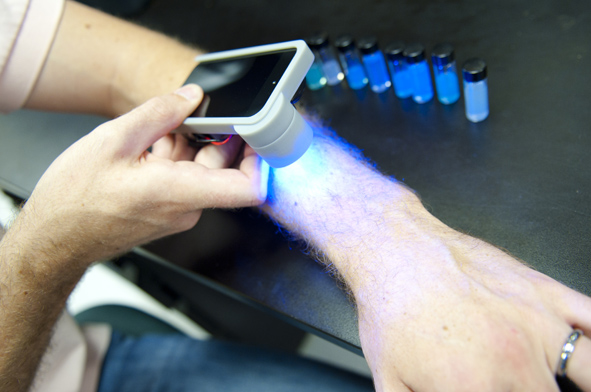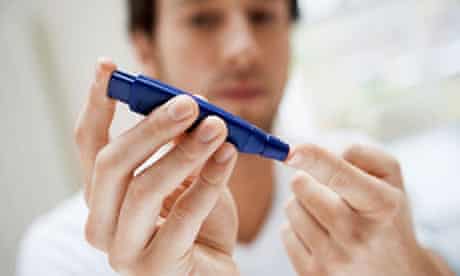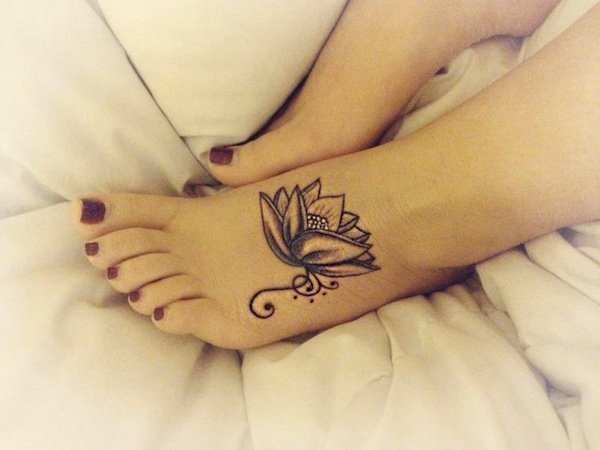A curious nano sensor can be used for glucose sensing
It's medicine's twist on an ancient art. Scientists at the Draper Laboratory in Cambridge are developing a nano-sensor that can be injected into the skin, much like tattoo ink, to monitor blood sugar levels. As the glucose level rises, the ?tattoo? fluoresces under an infrared light, warning the diabetic whether or not to take an insulin injection after a meal. The researchers have already tested the sodium-sensitive version on mice, and the glucose sensor will soon be tested on animals.
The meters available use reflection photometers which measure the light reflected from a test strip after it has undergone a chemical reaction. There are also electrochemical meters, which measure the electric current produced by the blood at the tip of the test strip. In an attempt to free diabetics from the hassle of pricking their finger and save time, glucose sensors are being developed, from implantable devices that monitor the amount of glucose in the blood continuously, to non-invasive sensors that detect glucose through the skin via infrared light.
Heather Clark and her colleagues are developing something that can operate between the two extremes. The material consists of 120 nanometric polymer beads coated with a biocompatible material. Inside each bead is a fluorescent dye and specialized molecule sensor, designed to detect specific chemicals such as sodium and glucose.
When injected into the skin, the sensitive molecule pulls the chemical target, in this case sodium, into the polymer of the interstitial fluid, which surrounds the cells. To compensate for the new acquisition of positive charge from the sodium ion, a dye molecule releases a positive ion, causing the molecule to fluoresce. The level of fluorescence increases with the concentration of the chemical target. Scientists can change the recognition cells to measure different targets, including chlorine, calcium and glucose. The range of concentrations that the sensor can detect can be varied by changing the ratio of the components, depending on whether it is important to measure precise concentrations or wider variability.
The sodium sensor, which could one day be used to monitor dehydration, has shown success in animal tests. When injected into the rodent's skin, the granules fluoresce in response to the saline injection. The researchers developed a glucose sensor that works with a similar mechanism. It has shown results in a solution, but has not yet been tested on animals.
In the long term, Clark envisages a sensor that can be injected into the superficial layers of the skin, shallower than the tattoo ink ?so that it is expelled over time?, she says. A fluorescence monitor, similar to an optical mouse, would then be used to measure the light emitted by the tattoo, and the sensor would be reinjected periodically.
It's unique because it doesn't have any components to be used," says Clark. Glucose strips, for example, use an enzyme to detect glucose, which needs to be replaced continuously. Other monitors, even nano sensors, have a limited lifespan, which makes it difficult to implant them," she says.
However, the researchers still have a long way to go before the sensor is ready to be tested on humans with diabetes. Although the beads don't seem to have triggered an immune reaction in initial animal tests, more studies need to be done, says Clark. Assessing the immune response is especially important because it can alter local glucose concentrations, says George Wilson, a chemist at the University of Kansas at Lawrance. For example, "macrophages (a type of immune cell) ingest glucose," he says. Wilson also warns that several factors can influence skin fluorescence, including skin color and age.






